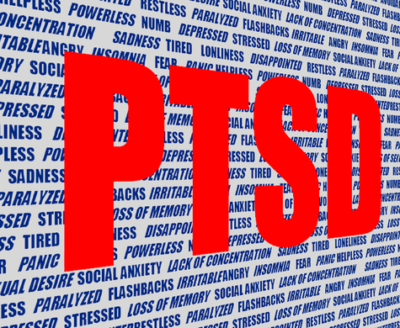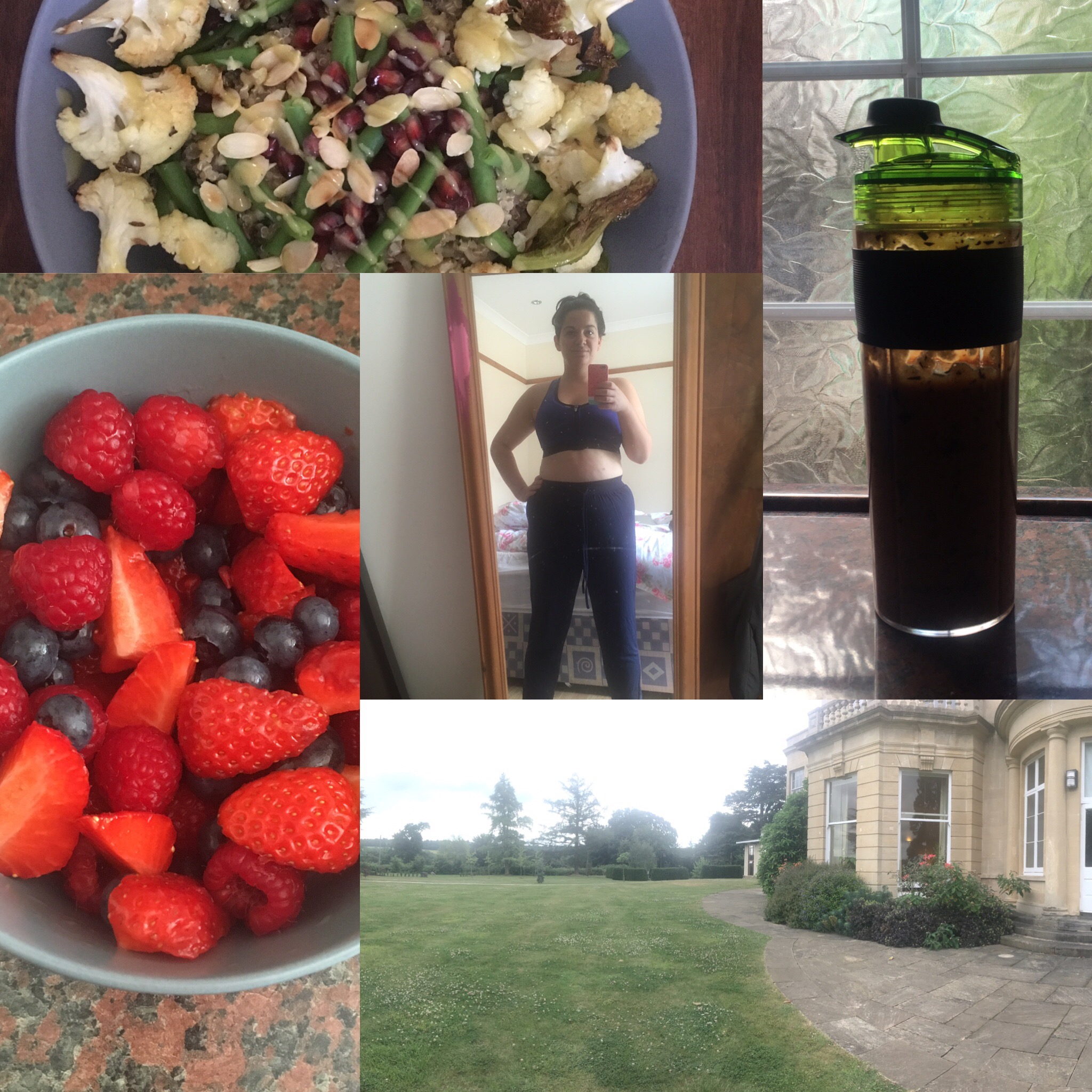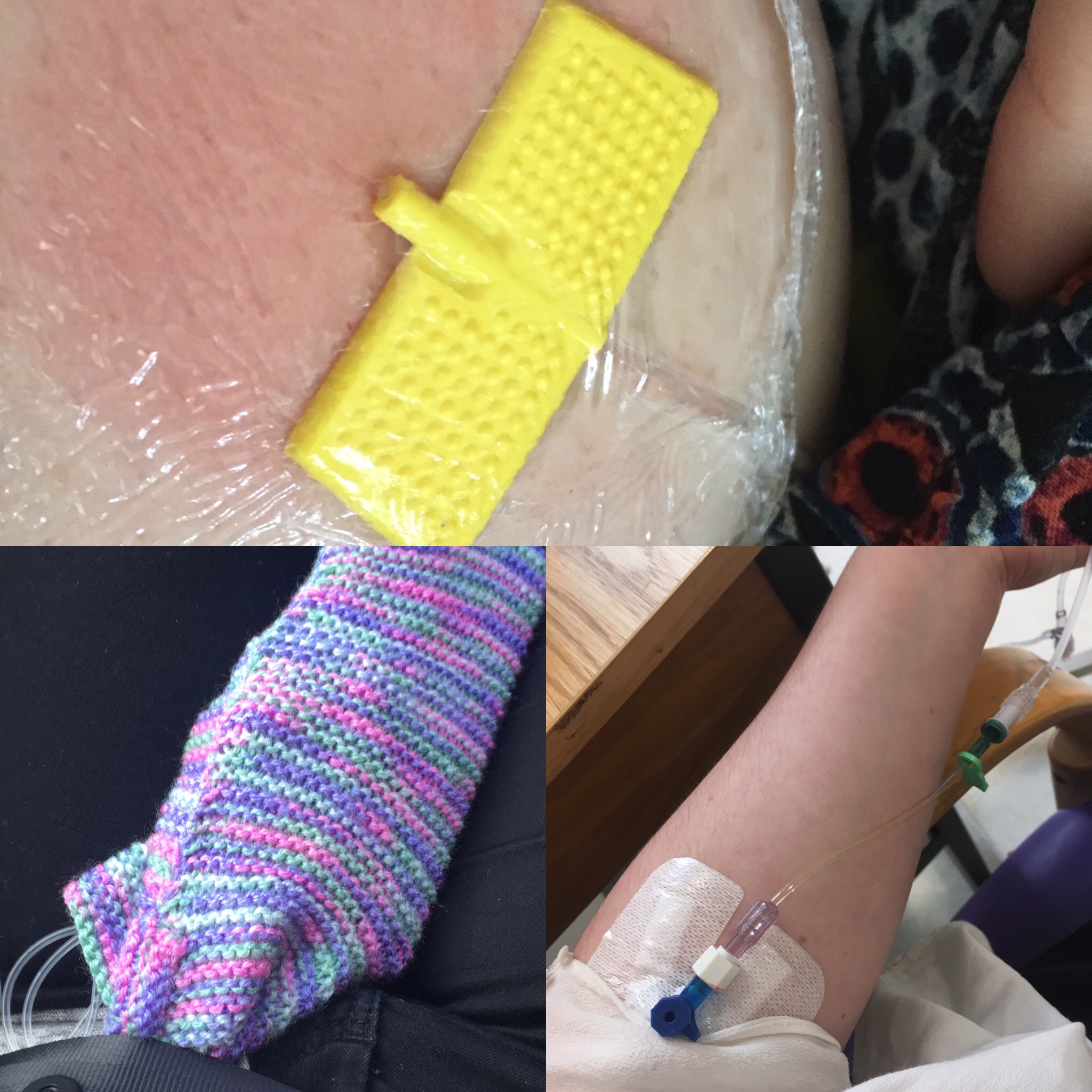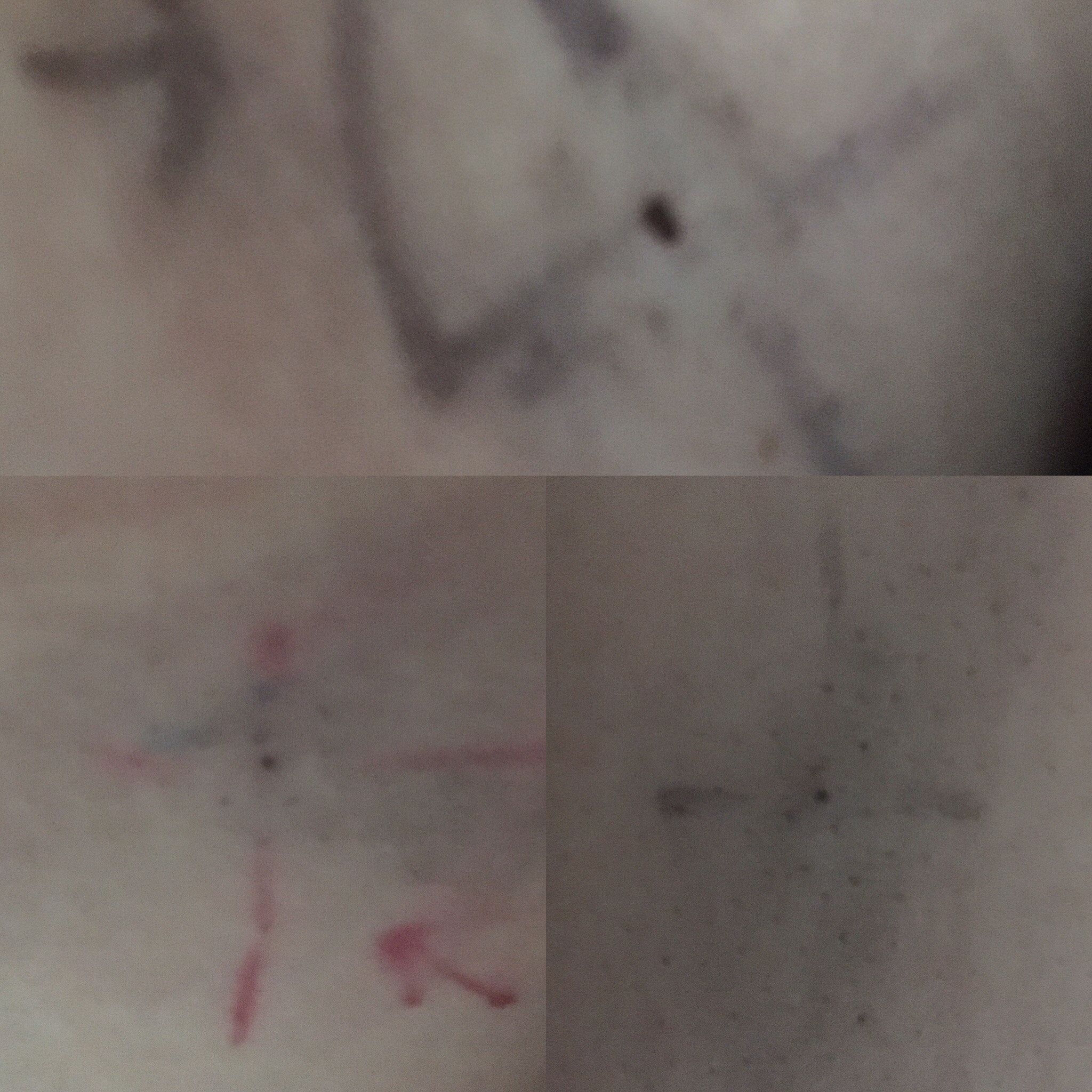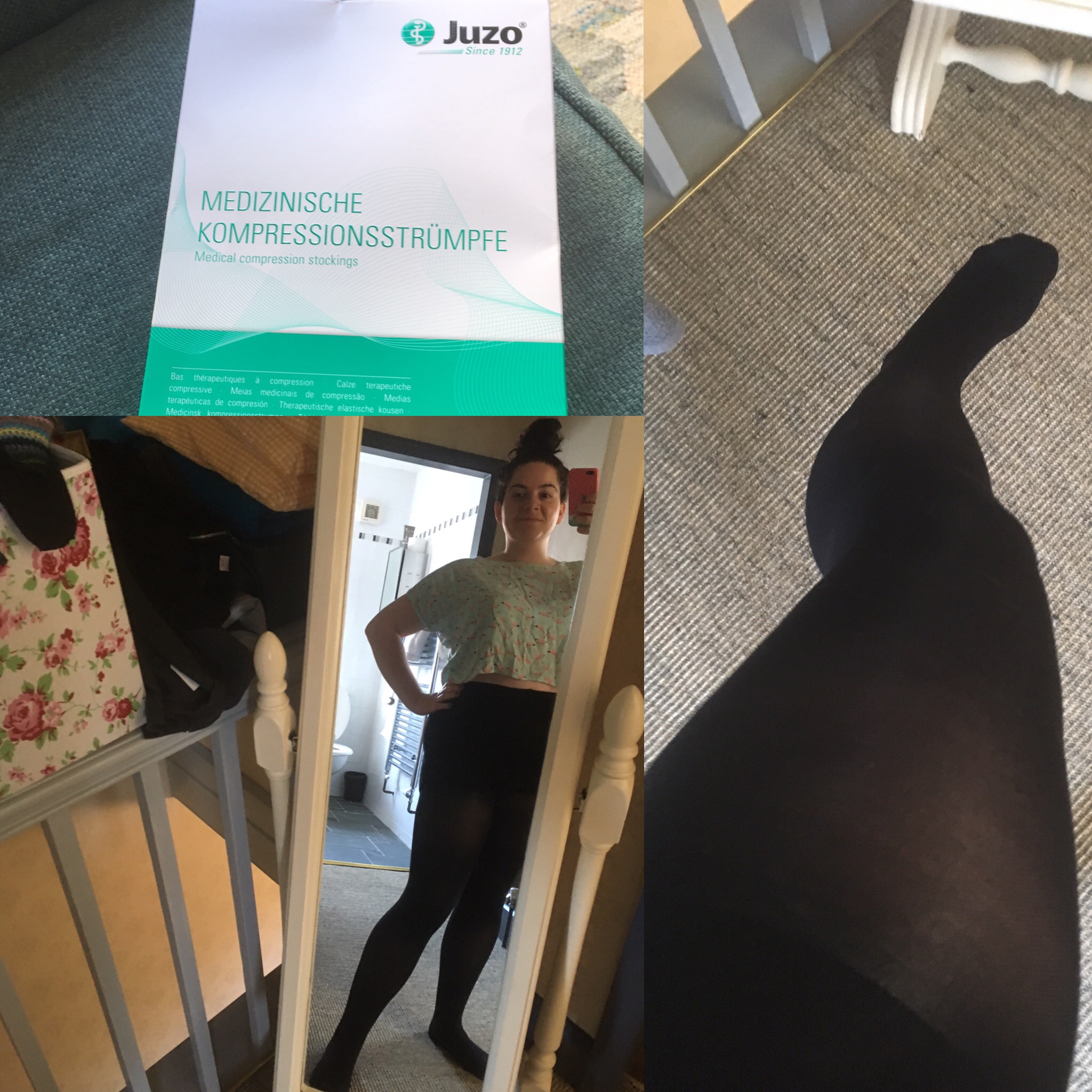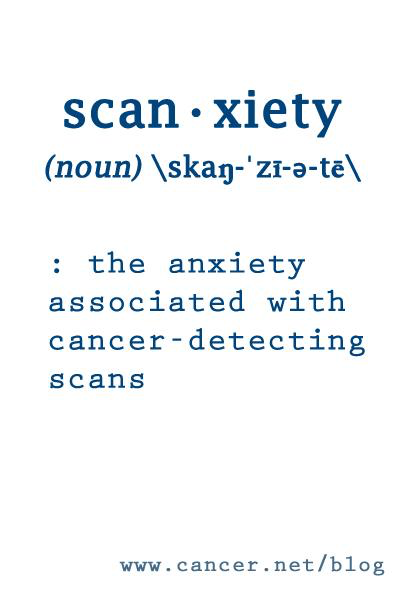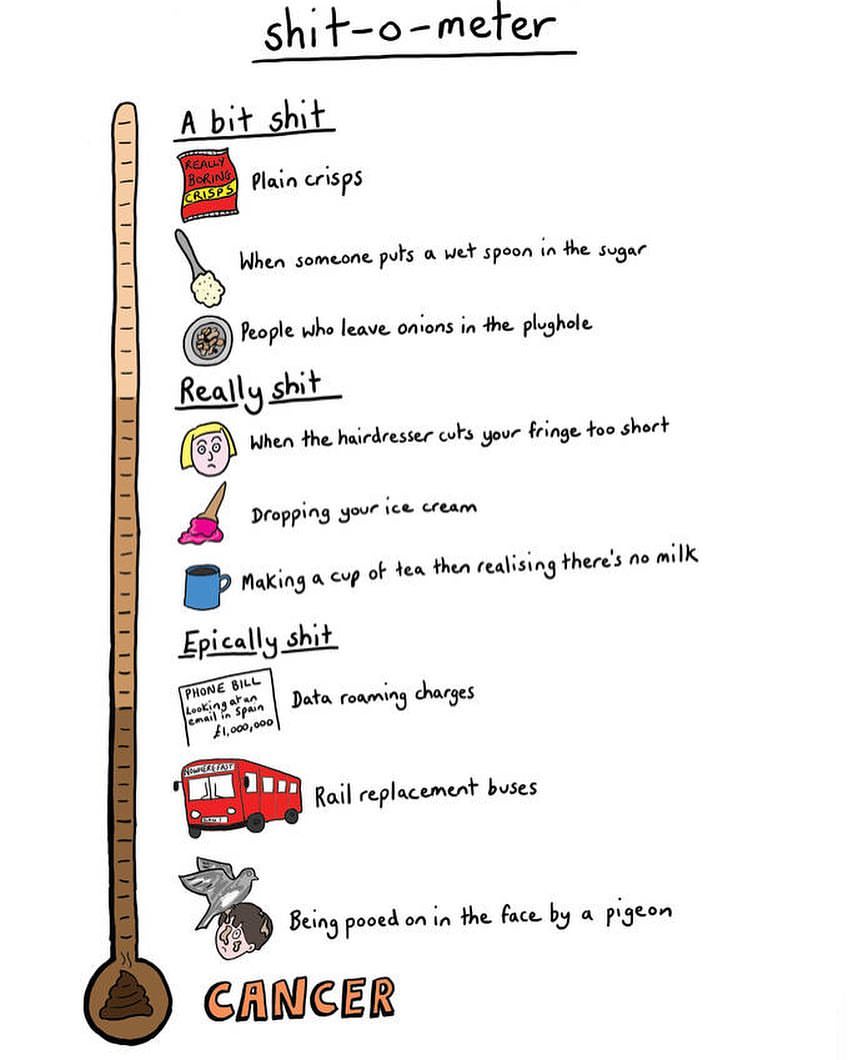Cancer and mental health
Once again, I’ve proven that consistency is not my strong point. I had planned to write another blog post some weeks back following my one year post-treatment appointment. However events took a bit of an unexpected turn…
The last few months have been really tough and the last few weeks have been hell. This appointment had been a long time coming; I had a blood test and a CT scan in preparation and was hoping to be given the news that one year on from completing treatment I was cancer free. Understandably, in the run up to this appointment I have been incredibly anxious, but my anxiety started to really get out of hand; I was vomiting most mornings, had a resting heart rate of over 90 consistently, high blood pressure, struggling to sleep, flashbacks, experiencing social anxiety and difficulty leaving the house, lack of motivation, intense food cravings and binge eating, constantly feeling overwhelmed, tired and on the brink of tears. All the while, I was studying, sitting an exam and going into placement full time and generally trying to convince the world and myself that I was fine.
Three weeks ago I had my appointment and instead of being told good news, I was told that my CT scan hadn’t been reviewed and that on examination, there was a red area on my cervix that wasn’t there previously which would require further investigation…holy fuck! After a brief meltdown (which mainly involved me ugly crying on my lovely Cancer Nurse Specialist’s shoulder) we discussed my anxiety. Basically, what I am experiencing is Post Traumatic Stress Disorder. It feels odd even saying that because of course, we usually relate PTSD to people who work in emergency services or the military – who witness awful things daily, or child or adult victims of violent or sexual attacks/abuse, not people who have/had cancer. However, the T in PTSD can actually refer to any traumatic event or experience; one persons PTSD is not necessarily the same as someone elses, and nobody should feel that their trauma is lesser or doesn’t entitle them to feel the way they do…it’s not a competition.
Following that news, I had an MRI and today I met with my previous surgical gynaeoncologist. We discussed why I was there and what the plan was, he said that he would examine me and that if a biopsy was needed it would need to be done under general anaesthetic, not in clinic. Yesterday was leg day at the gym; which was not the wisest choice the day before having to lie with my legs in stirrups for 15 minutes…fortunately though, it was worth it because the red looking area shows no indication of abnormal cells and both the CT and MRI scans look normal. Which means I can officially say I am 1 year cancer free!
Unfortuantely, my mental health is a little more complex and precarious. Just because I have good news now, doesn’t instantly erase the anxiety. I still face years of check ups, scans, blood tests (which involves dealing with my new phobia of being cannulated, following an incident where a nurse pushed a flush through a cannula that wasn’t in my vein) and worry about recurrence everytime my lower back aches or I get a chesty cough. I ended up cutting my placement short because it was just too emotionally exhausting to go in and care for other people during that time and thankfully my placement team were really supportive of that. I have joined a gym in an attempt to help me burn off some excess cortisol (stress hormone). I am also in the process of arranging counselling and cognitive behavioural therapy, because a) I don’t want to feel like this and b) I don’t want to start my nursing career with a lot of my own baggage, that has the potential to affect the care I give other people. Nursing is wonderful, but more stressful than most people can imagine; taking care of yourself is fundamental to being a good nurse.
Ultimately, I am very relieved and pleased that I can officially claim to be cancer free, but I am aware that the scars cancer has left me with are far greater than the visible ones on my belly and that recovery is long, complex and challenging.

